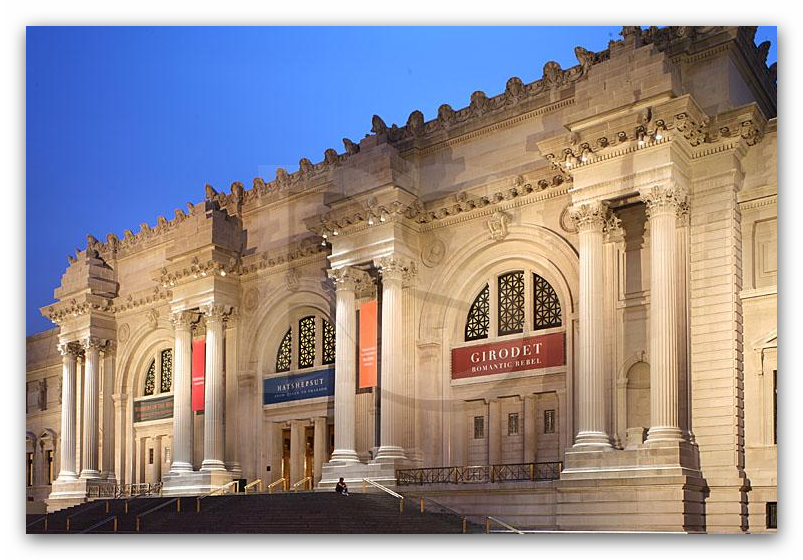Oct 19 2016 - Feb 20 2017
New York City, NY
This exhibition puts a spotlight on artist Max Beckmann's special connection with New York City, featuring 14 paintings that he created while living in New York from 1949 to 1950, as well as 25 earlier works, dating from 1920 to 1948, from New York collections. The exhibition assembles several groups of iconic works, including self-portraits; mythical, expressionist interiors; robust, colorful portraits of women and performers; landscapes; and triptychs.
In late December 1950, Beckmann set out from his apartment on the Upper West Side of New York to see his Self-Portrait in Blue Jacket (1950), which was on view at The Met in the exhibition American Painting Today. However, on the corner of 69th Street and Central Park West, the 66-year-old artist suffered a fatal heart attack and never made it to the Museum. The poignant circumstance of the artist's death served as the inspiration for the exhibition.
Credit: Exhibition overview from museum website.
Whether you go or not, the exhibition catalog, Max Beckmann in New York , presents an up close and personal look at the life and work of this major 20th-century artist. The prominent German Expressionist painter is known for allegorical, autobiographical works that capture the doom and grotesquerie of World War I and the subsequent rise of Nazism. In 1937, under threat by the Nazi regime (which featured Beckmann’s work prominently in the notorious “Degenerate Art” exhibition that year), he and his wife relocated, first to Amsterdam, then to the US. This revealing book focuses on the works produced during Beckmann’s final years and other pieces by the artist now found in New York collections.
Throughout his prolific career, Beckmann maintained a firm loyalty to representational painting, asserting his purpose to “get hold of the magic of reality and to transfer this reality into painting.” The deft and subtle layers of color and shadow, figures and allusions in his work resulted in captivating narrative images. Presenting a mesmerizing portrait of one of the 20th century’s most enigmatic and challenging artists, Max Beckmann in New York features beautiful reproductions of Beckmann’s remarkable artworks, accompanied by an engaging essay by acclaimed art historian Sabine Rewald that contextualizes his paintings and provides insight into his tumultuous life.
Exhibition Venues & Dates
Oct 19 2016 - Feb 20 2017
New York City, NY

